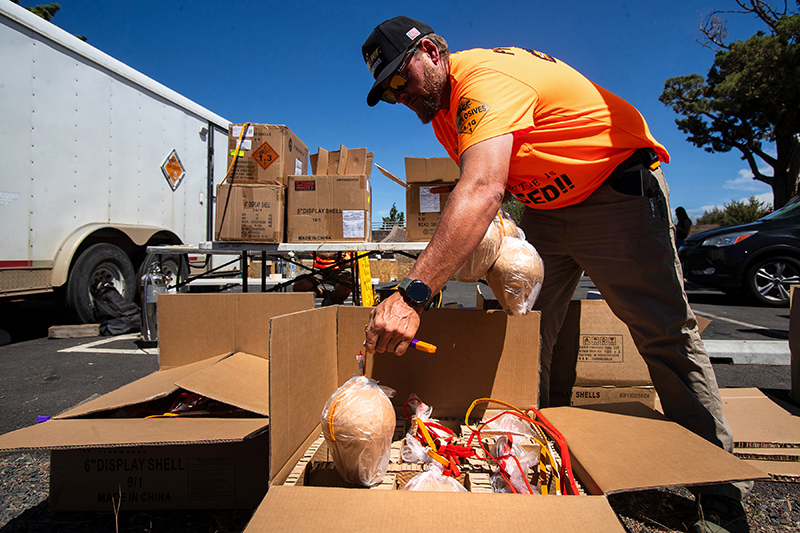Not for web
Published 9:00 pm Saturday, May 25, 2024
This Memorial Day, I’ll be thinking about a buried memorial in the small German city of Saarbrücken. There’s nothing to be seen but a plaza of cobblestones and a sign that says, “Platz des Unsichtbaren Mahnmals”: The Place of the Invisible Monument.
Conceptual artist Jochen Gerz created this Holocaust memorial, and he did it on the sly, without permission or a commission. It was an illegal, guerrilla act of commemoration. He chose the plaza because it faced the regional assembly hall, which was once was the Gestapo’s regional headquarters and a basement jail. Some of the prisoners managed to scratch messages and their names on the walls, which still can be read. Almost all the Jews in the region were rounded up and sent to concentration camps.
Beginning in April 1990, Gerz’s art students dug up cobblestones and snuck them out in their bookbags. They left other cobblestones in their place so the good citizens of Saarbrücken wouldn’t suspect anything. Then Gerz inscribed the stones — eventually, 2,146 of them — with the names of the 2,146 Jewish cemeteries that had existed in Germany before the Nazis began desecrating or destroying them.
The students returned in darkness and installed the inscribed cobblestones face down. When word first spread about the Holocaust project, upset residents rushed to the square to see what had been illegally done, but there was nothing to be seen.
The Holocaust left an absence, and only by absence can we approach this vast loss, Gerz said. The absence is the monument. Visitors don’t stand before a great object that strains to seize their attention: “That same absence also allows each person to become the author of his own commemorative work.”
The illegal monument soon came before the regional assembly. Some members walked out, but those who remained adopted this outbreak of unsanctioned remembrance, commissioning it retrospectively. They even voted to rename the plaza the Place of the Invisible Monument.
But isn’t that a sign we could put up almost anywhere? Think of all the mute memorials you may pass in a week that are unseen, a blurred background to your daily routine: the green-mottled great man on his horse, hosting random pigeons; the curious obelisk looking like a stunted Washington Monument; the historical marker crowded with so many words it looks like a warning label. So much narrative left out in the weather, so much storytelling that has lost its meaning.
In my family, one of the buried cobblestones was my father’s service in World War II. At 18, he volunteered for the Army Air Forces, and though he was initially deemed unfit because of a birth defect in one hand, they took him. He was a gunner on a B-24, flying out of England to bomb Germany. On his 19th mission, over Kassel, Germany, he was hit by flak and had to be carried off the plane. He’d be in hospitals for the next 164 days.
Like most veterans of his generation, he refused to talk about the war. Cleaning up the old family home shortly before he died, I found a diary he had kept of the missions he’d flown.
Like all fliers in the Eighth Air Force, my father had seen flak hitting the big bombers in a storm of steel pellets. It sounded like hail on a tin roof, like BBs rolling around, the airmen said. It could tear into the bomber’s aluminum skin with a “shriek” or a “hissing.” It could hit the head of your pilot or miss by an inch. Loose, hot steel rattling around, as though your anxieties had taken shape. It was lethal with a randomness that was cruel. They could smell the flak through their oxygen masks.
With the discovery of that diary, I had turned over a buried cobblestone. I would turn over many more as I searched for his story.
We are here to witness the sacrifices that won us peace, the men and women who never came home. We are here are to witness their absence.
Howard Mansfield is the author of “I Will Tell No War Stories: What Our Fathers Left Unsaid About World War II.”








